How NASA's Mars 2020 Perseverance rover will get to the Red Planet
NASA's Perseverance rover is about to lift off for Mars to explore the Red Planet's possibilities for life. The powerful machine is expected to roam the surface scanning rocks and other features, to cache the most promising samples to return to Earth in a few years, and to deploy a test helicopter. Here's what to expect as Perseverance gets ready for Mars.
In photos: NASA's Mars Perseverance rover mission to the Red Planet
Launch

Perseverance has a narrow window to launch to Mars before the planet gets too far away from Earth. Sometime before mid-August 2020, the rover will lift off from Launch Complex 41 at Cape Canaveral Air Force Station near Orlando, Florida. It is currently scheduled to launch July 30, weather permitting.
Perseverance will ride to space aboard a United Launch Alliance Atlas V rocket, the same rocket that sent NASA's InSight lander and Curiosity rover to Mars. After Perseverance reaches Earth orbit, a rocket upper stage will send the rover on the long cruise to Mars.
Cruise
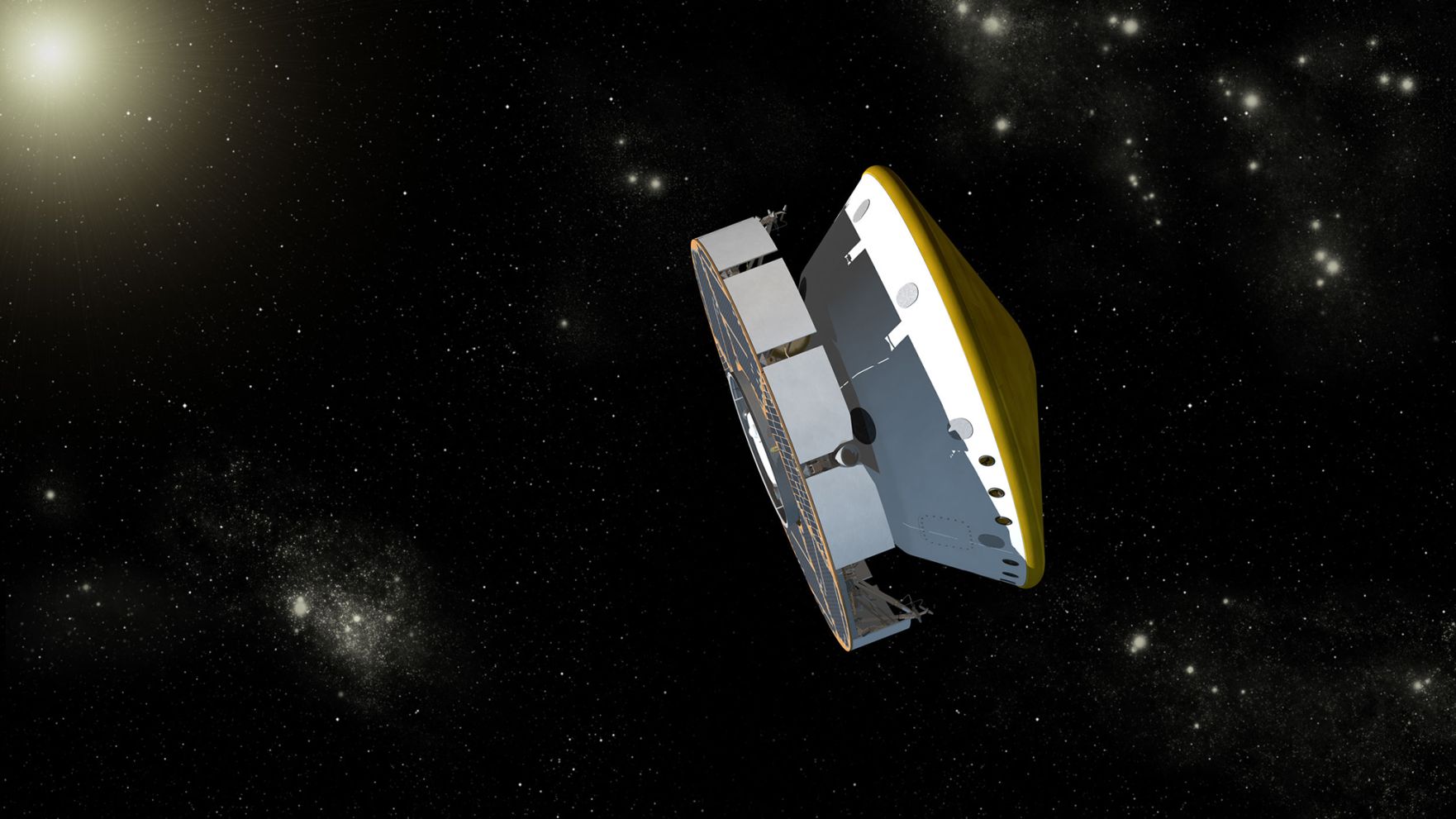
Whenever Perseverance launches, it has a firm landing date of Feb. 18, 2021 in Jezero Crater. It will spend the intervening months flying towards Mars.
The cruise period is a crucial time for engineers to continue checking in on the rover (encased inside a protective shell) to make sure that all systems are ready for landing. When Perseverance gets closer to Mars, engineers will fire the shell's engines to put the rover in the right position for landing on the Red Planet. But making that final approach to Mars is only the first step in a complicated landing sequence.
Entry
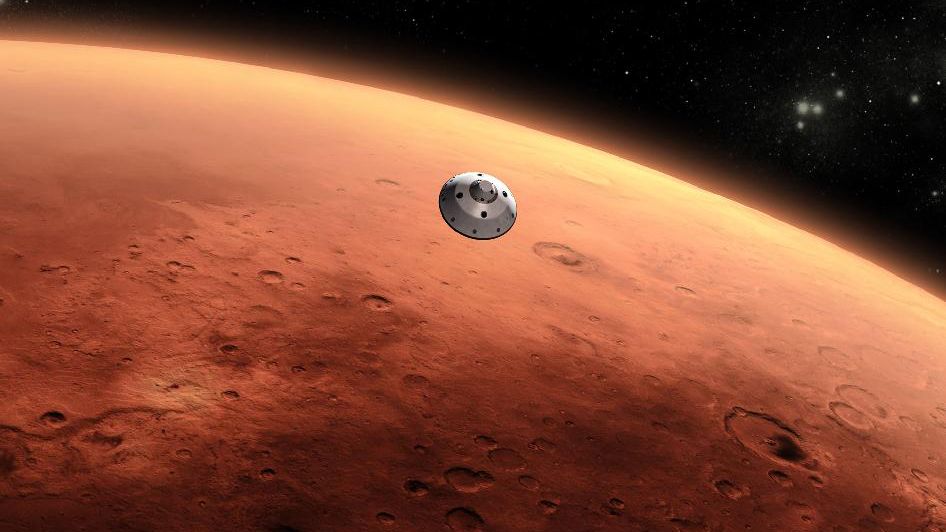
You might remember the "seven minutes of terror" sequence that NASA's Curiosity rover went through in 2012 to get the heaviest rover yet launched to the surface of Mars.
Sign up for the Live Science daily newsletter now
Get the world’s most fascinating discoveries delivered straight to your inbox.
From entering the atmosphere, Curiosity had seven minutes to slow itself down from 13,000 miles per hour (20,000 km/h) when it hit the atmosphere, to 0 mph to reach the surface. Perseverance uses similar systems to Curiosity and will follow much of the same sequence, but with more advanced tech.
Upper atmosphere
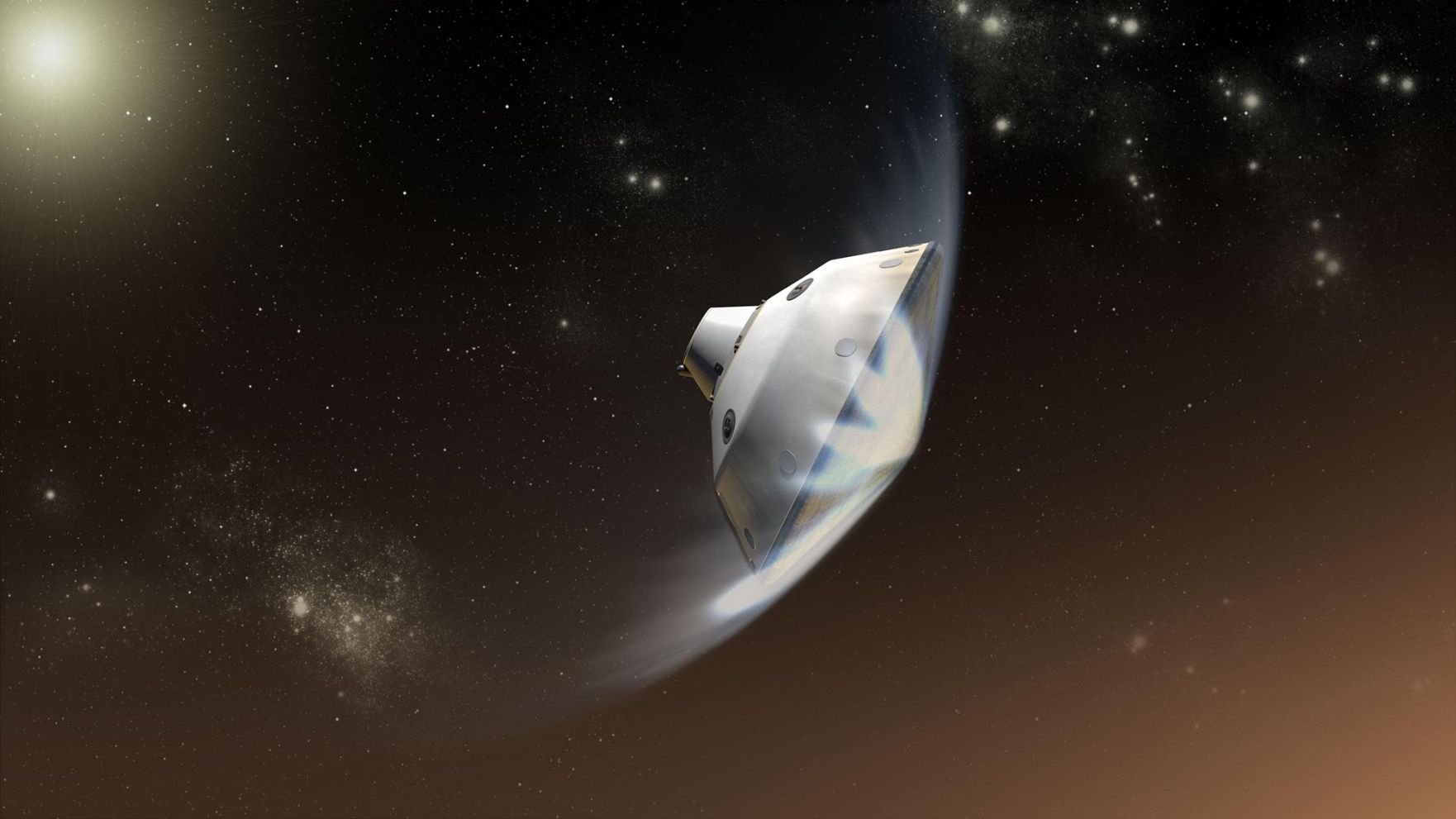
Based on the Curiosity sequence, the first part of the Perseverance landing will involve moving safely through Mars' upper atmosphere.
Perseverance's heat shield will glow as it reaches temperatures of about 2,900 degrees Fahrenheit (1,600 degrees Celsius). The thin atmosphere will slow the rover down to about 1,000 mph (1,600 km/h) before the system deploys a huge parachute.
Range trigger
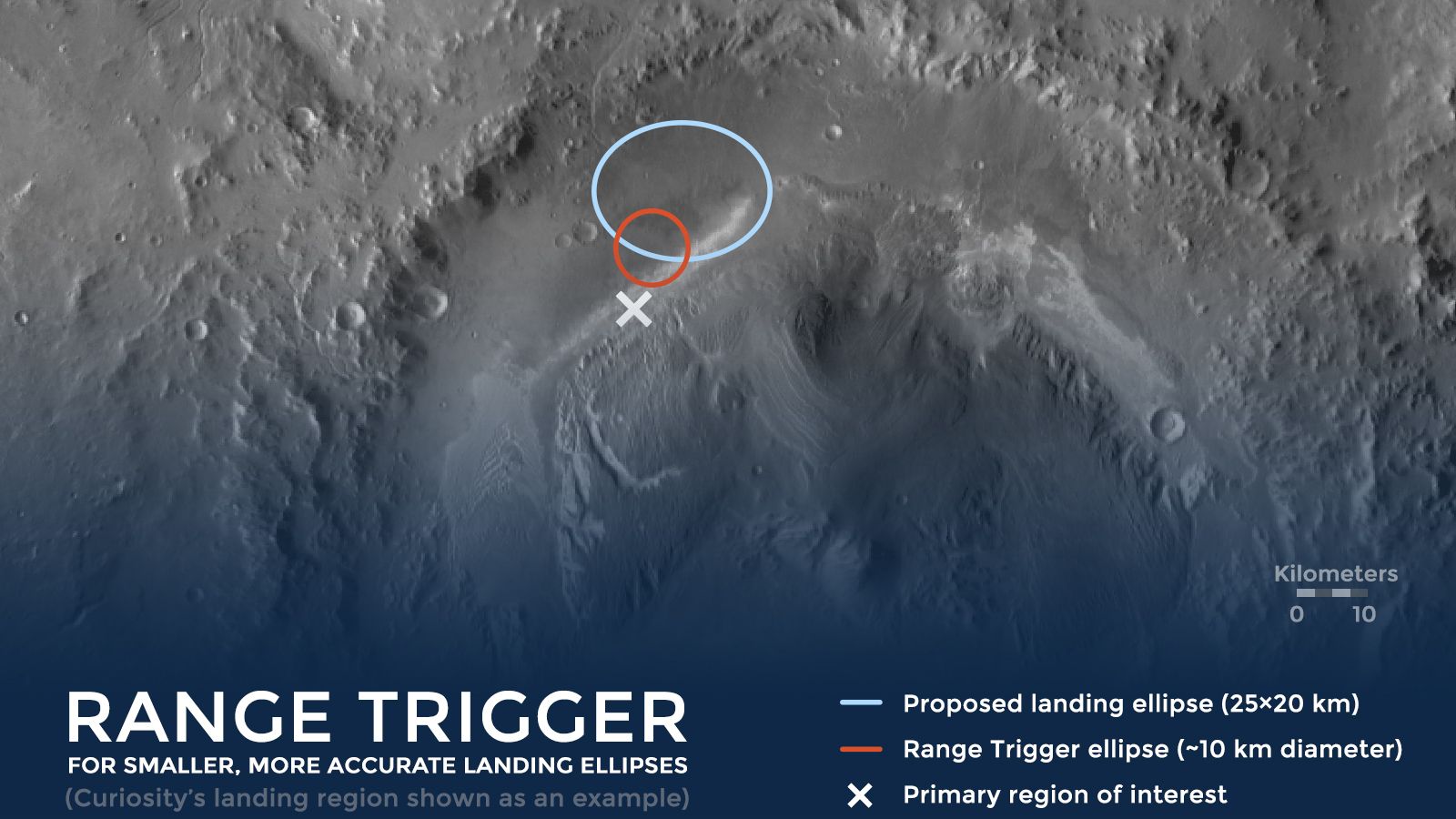
Unlike Curiosity, Perseverance will use a "range trigger" to unfurl the parachute based on the spacecraft's position relative to its landing target — which could improve the landing accuracy and reduce the rover's time to get to the right investigation area by as much as one Earth year.
Perseverance also has a more advanced version of the MSL Entry, Descent, and Landing Instrumentation (MEDLI) sensor that Curiosity carried to look at properties of the atmosphere. MEDLI2 not only collects data from the heat shield (as Curiosity did), but the afterbody of the spacecraft — meaning, the part of the spacecraft behind the shield.
Terrain-relative navigation
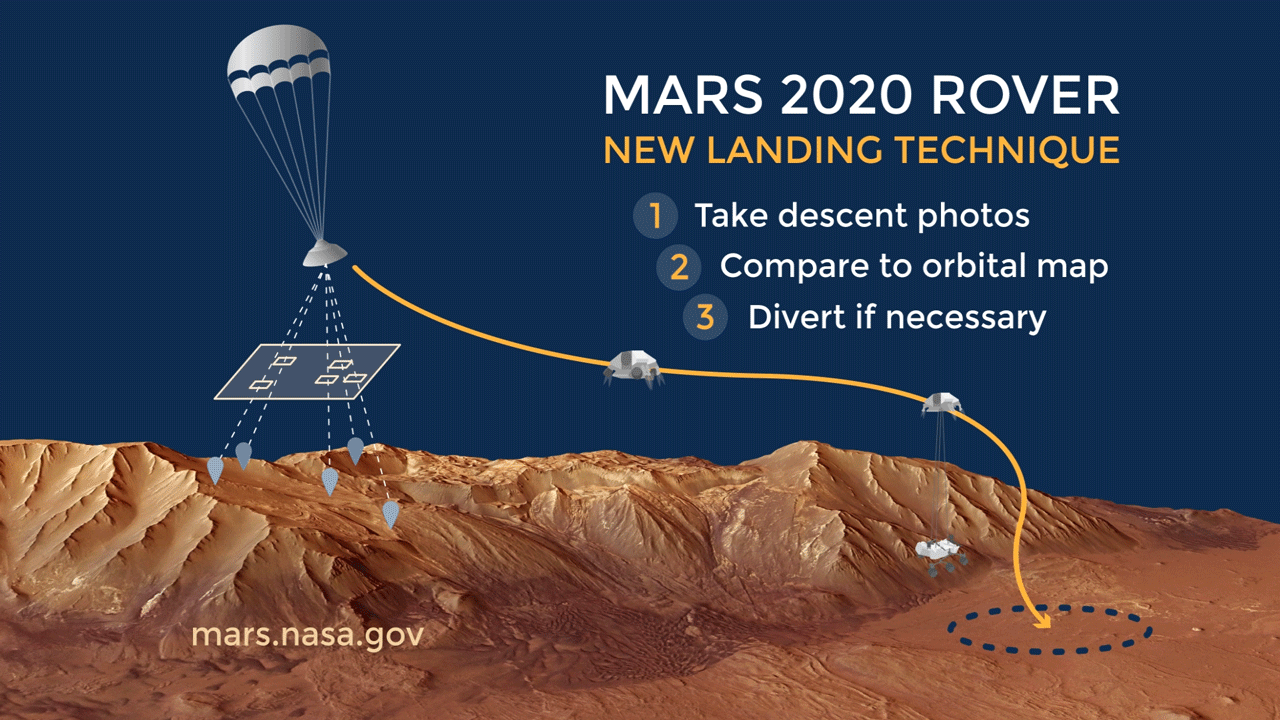
Like Curiosity, Perseverance will begin its descent to the surface, under a parachute, at about 200 miles per hour (322 km/h). Perseverance will then deploy even more new tech to improve its chances of finding the right spot.
The rover will use a fresh technique known as terrain-relative navigation to pick the right landing spot. It does this by comparing the land underneath the rover to previously obtained maps from Mars orbiters. If Perseverance sees dangerous terrain up to about 985 feet (300 meters) in diameter, it can change direction and move to a safer zone. This new technique allows Perseverance to land in tricky (and interesting) terrain with less risk to the rover.
Gathering data
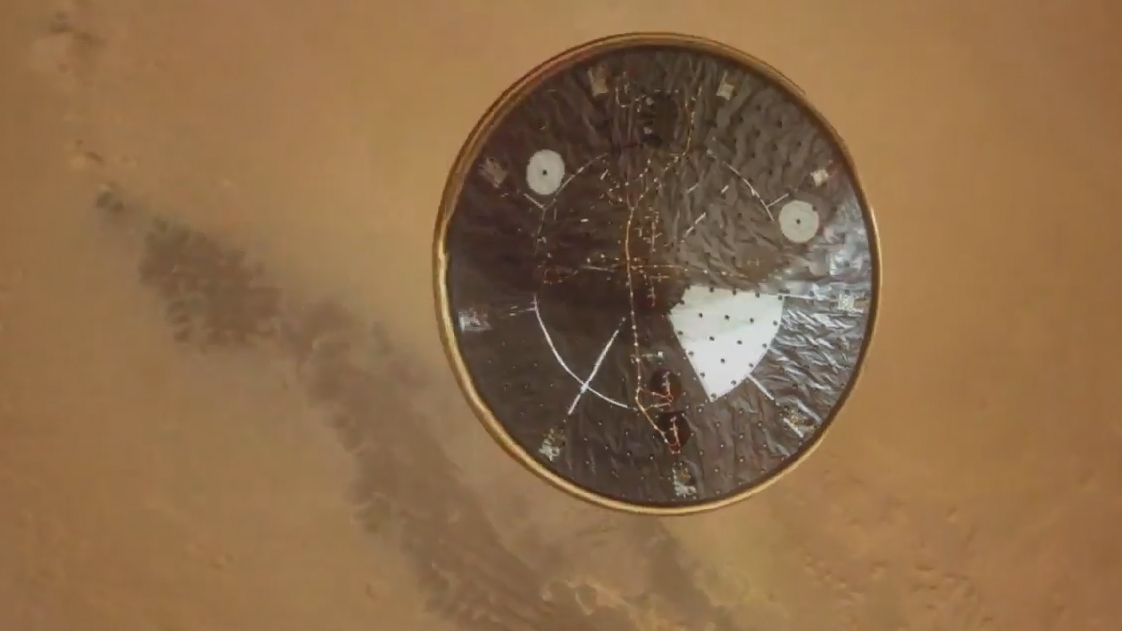
On board Perseverance are even more landing cameras than Curiosity had. Perseverance includes an "up look camera" on the parachute, a "down look" camera on the descent stage, an "up look" camera on the rover and a "down look" camera on the rover.
Along with a microphone, the cameras are considered "public engagement payloads" that allow people to virtually ride along with the rover to the surface and watch the rover finish its final few feet (or meters) of descent, according to NASA. The cameras also provide valuable data to improve the safety of future Mars landings.
Landing

Close to the ground, rockets will fire to stabilize and slow Perseverance's descent to the surface. The rockets cannot come all the way to the surface, however, because an epic dust storm would be kicked up. So instead — just like with Curiosity in 2012 — a "sky crane" will winch Perseverance down to the surface on 21-foot (6.4 meters) cables.
Once Perseverance touches down, the sky crane will release the cables and fly away for a safe crash-landing on the surface, well away from the rover.
Driving

Perseverance won't hit the road right away, as investigators will want to make sure the rover is in good working order after the landing. Routine checks of its instruments will be performed, and the rover will also take a few pictures of its landing area so that planners can target the best sites to visit first.
Once Perseverance gets going, its long-term goals are to find rocks formed or altered by environments that "could have supported microbial life in Mars' ancient past", according to NASA, or rocks that could have kept ancient chemical traces of life. Some rocks will be drilled into and set aside in caches for a future sample-return mission to Earth. Perseverance will also try producing oxygen from Mars' carbon dioxide atmosphere, a technique that could be useful for future human missions.
Flying
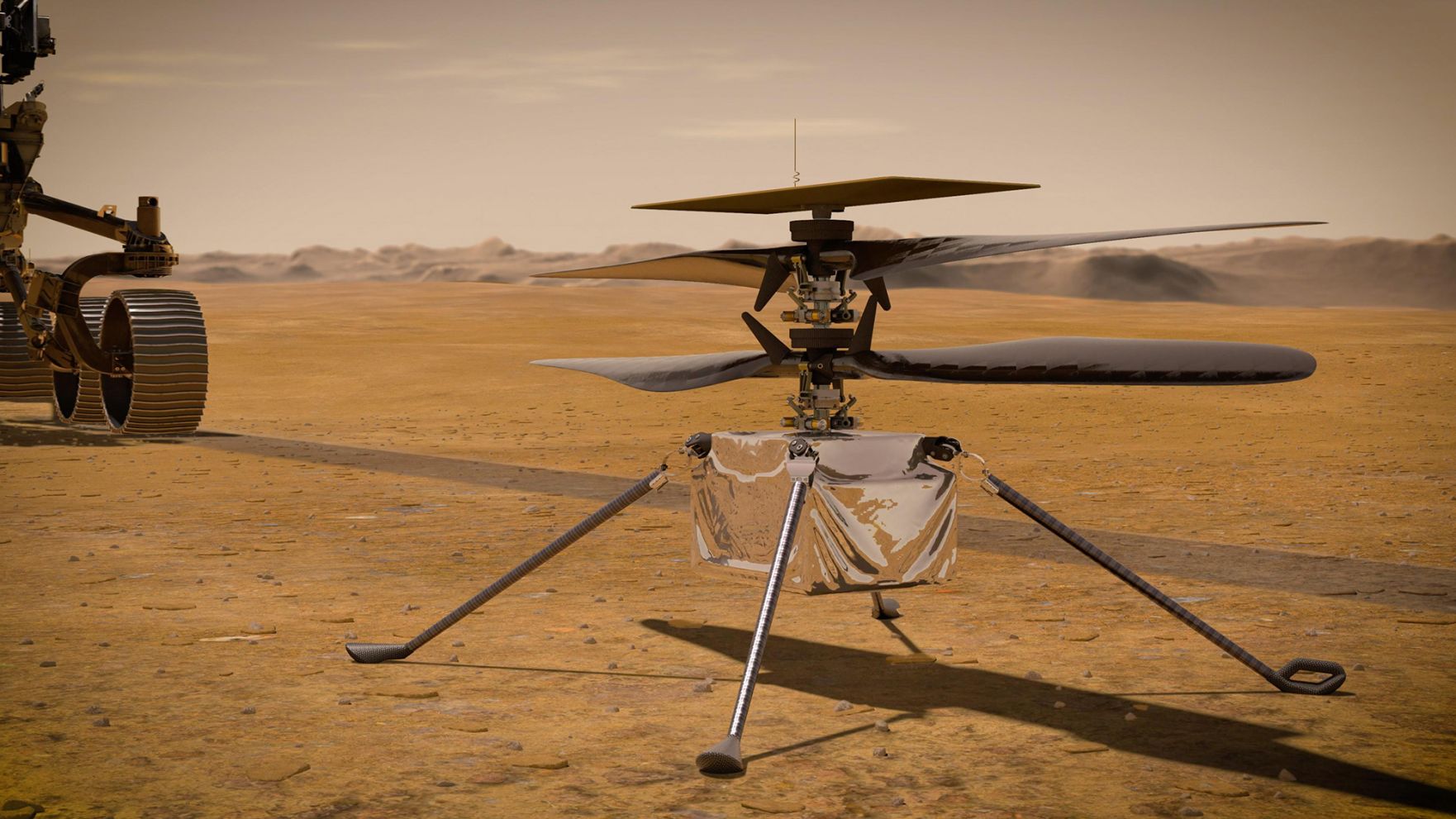
Perseverance won't ride to the surface alone. Riding on its underbelly will be the Ingenuity helicopter, which will test out flying on Mars and "scouting ahead" for future Red Planet explorers. Helicopters also have an advantage of flying over dangerous terrain inaccessible to rovers, such as steep hills or craters.
To do test flights, the rover team will look for a zone about 33 feet by 33 feet (10 by 10 meters). Perseverance will deploy the helicopter and back away to watch Ingenuity's activities from about a football field in distance. Operators will work for six Earth days making sure Ingenuity is safe to fly. The helicopter will do a few test flights and is designed to last about 30 sols (Martian days).
Follow Elizabeth Howell on Twitter @howellspace. Follow us on Twitter @Spacedotcom and on Facebook.

Elizabeth Howell was staff reporter at Space.com between 2022 and 2024 and a regular contributor to Live Science and Space.com between 2012 and 2022. Elizabeth's reporting includes multiple exclusives with the White House, speaking several times with the International Space Station, witnessing five human spaceflight launches on two continents, flying parabolic, working inside a spacesuit, and participating in a simulated Mars mission. Her latest book, "Why Am I Taller?" (ECW Press, 2022) is co-written with astronaut Dave Williams.










